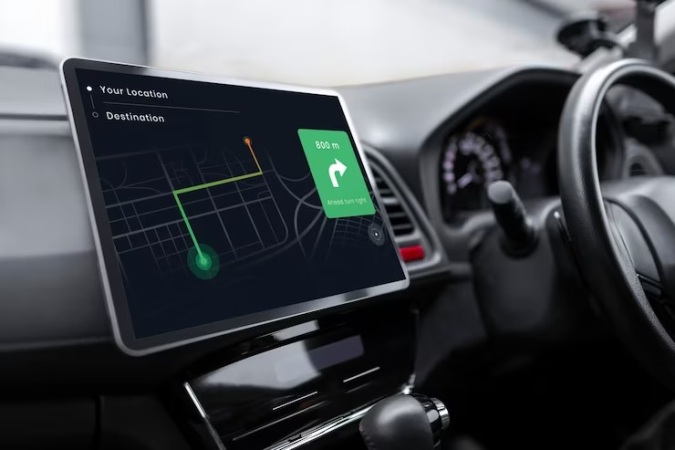
The global market for rheumatoid arthritis treatments is expected to grow at a CAGR of...
Learn More
Our consulting solutions address company specific challenges with respect to micro environment...
Learn More
Organizations frequently need day-today research guidancein order to gain strategic...
Learn More
Exploring different areas of market research and market analysis is a key factor...
Learn MoreAcute Market Reports presents the most extensive global business research services across industries. Our research studies focus on potential outcomes, benefits, and risks associated with each market segment across geographies. Having served our global clients for more than 10 years, our prime priority is to enable our clients in making well-informed business decisions through a data-driven, analytical, and uncomplicated research approach.
We provide access to the world's most comprehensive, analytical, and updated business intelligence services and solutions.




The anti-snoring treatment market is expected to grow at a CAGR of 10.8% during the forecast period of 2025 to 2033, driven by the increasing prevalence of snoring and the growing awareness of its health implications. Snoring is a common condition ca...
Read More
The redispersible polymer powder market is an essential component of the modern construction industry, providing key materials for dry mix mortars and other building materials. Redispersible polymer powders are primarily used to improve the properties of construction ...
Read More
The automotive smart display market is on a trajectory of rapid growth, poised to expand at a strong CAGR of 7.5% during the forecast period spanning from 2025 to 2033. This evolution is propelled by a convergence of factors that have profoundly shap...
Read More




